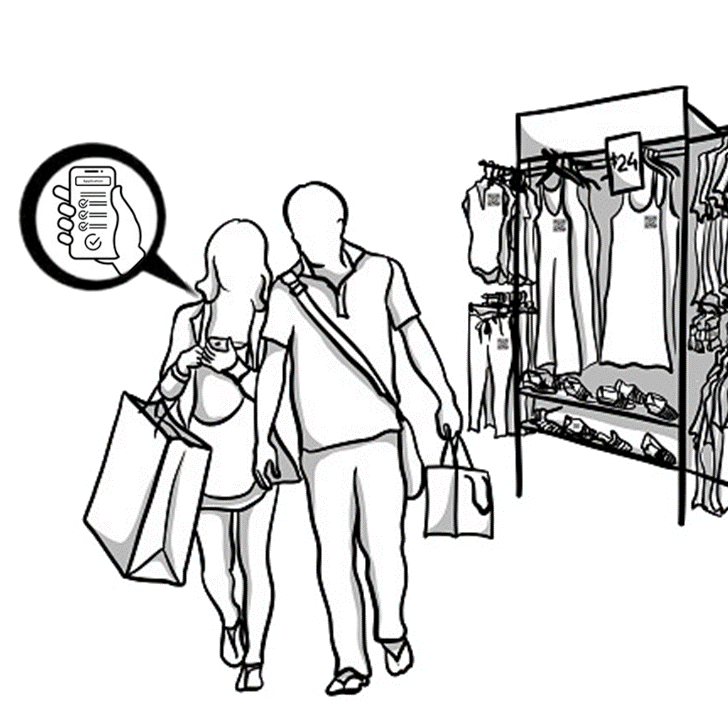Smart Market
The project proposes a cashier-less shopping experience. After entering a supported store, customers will be able to scan QR codes on items, using a specially developed mobile app, and add the items to a virtual cart.
When entering, a customer can scan a QR code of the specific store to initiate a cashierless shopping session. Users choosing to shop the classic way can enter without scanning a QR code. In this case the app can still serve as a catalogue of items available in the store.
Each item in the shop will be tagged with an adhesive UHF RFID tag. These tags are capable of being read from up to 8 metres away. The system can theoretically process up to 50 tags per second, ensuring efficient and accurate item tracking. Therefore, store staff can easily maintain correct placement of items in the respective departments and aisles.
As customers exit the store, they go through an array of UHF RFID antennas connected to Raspberry PI computers. These antennas automatically scan the RFID tags on the physical items, and reference the list of items in the customer’s virtual cart. If the RFID system detects items that have not been paid for, it triggers the store’s security system, for example by sending alerts to security personnel or activating an audible alarm.
The various components of the system are coordinated by a central server and interconnected using 5G networks, which provide the necessary low latency and high speed.
To take demand forecasting to the next level, our proposal incorporates artificial neural networks (ANNs). By feeding historical sales data, market trends, and global demand information into the neural network, the system can predict future demand with remarkable accuracy.

